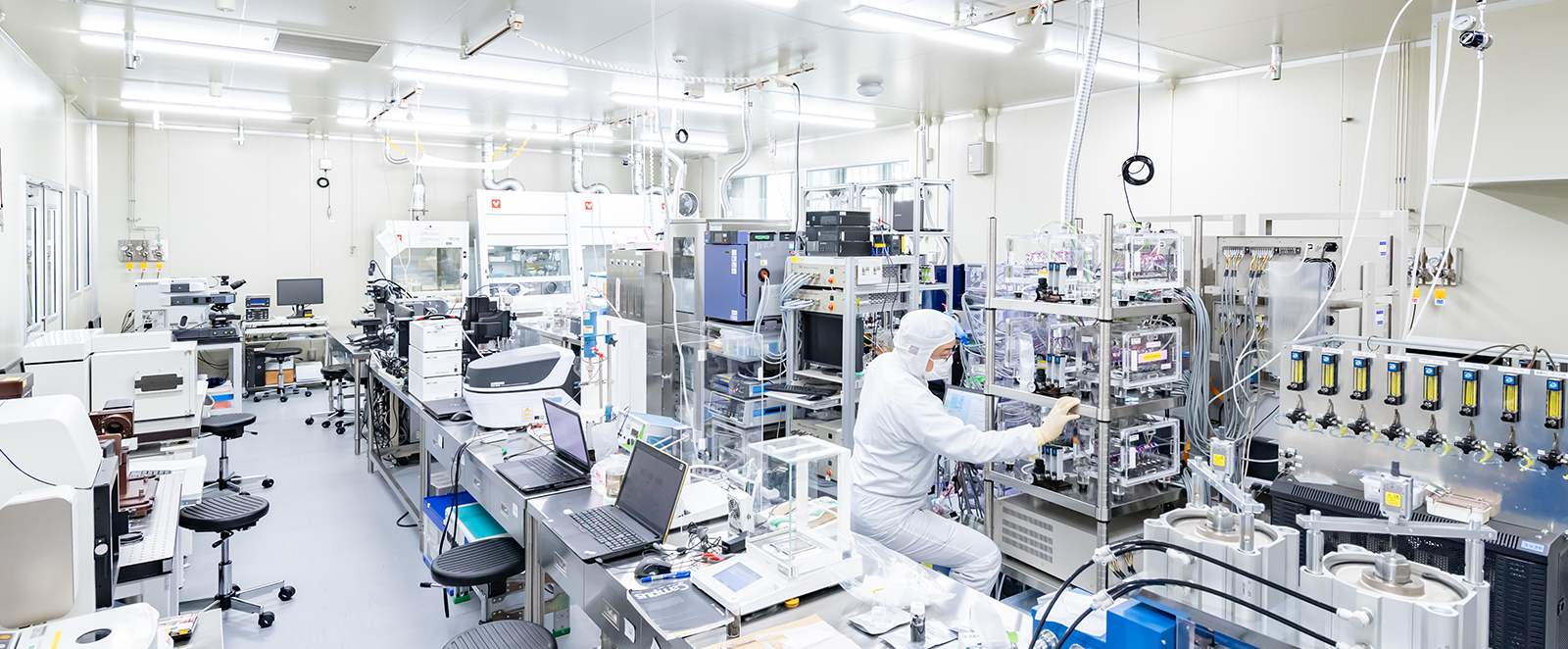お知らせ News Information
- お知らせ 2025/10/01 ホームページ(装置紹介他)をリニューアルいたしました。
-
お知らせ
2025/06/27
ホームページをリニューアルいたしました。
施設紹介などについては、順次公開していきます。 -
お知らせ
2025/03/10
***2025年度 新規課題受付開始のお知らせ****
2025年度の新規課題の受付は、3月10日(月)より開始いたします。 -
お知らせ
2025/01/10
***2024年度 新規課題受付終了のお知らせ****
2024年度の新規課題の受付は、1月31日(金)で締め切りました。*
(GteX関係者は別途ご相談ください) - お知らせ 2024/07/01 共用装置の追加と停止のお知らせ



